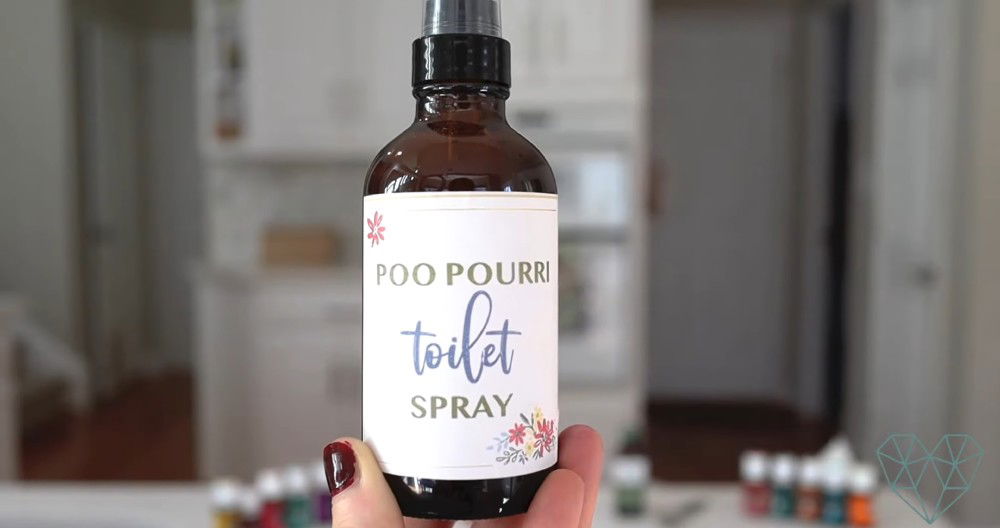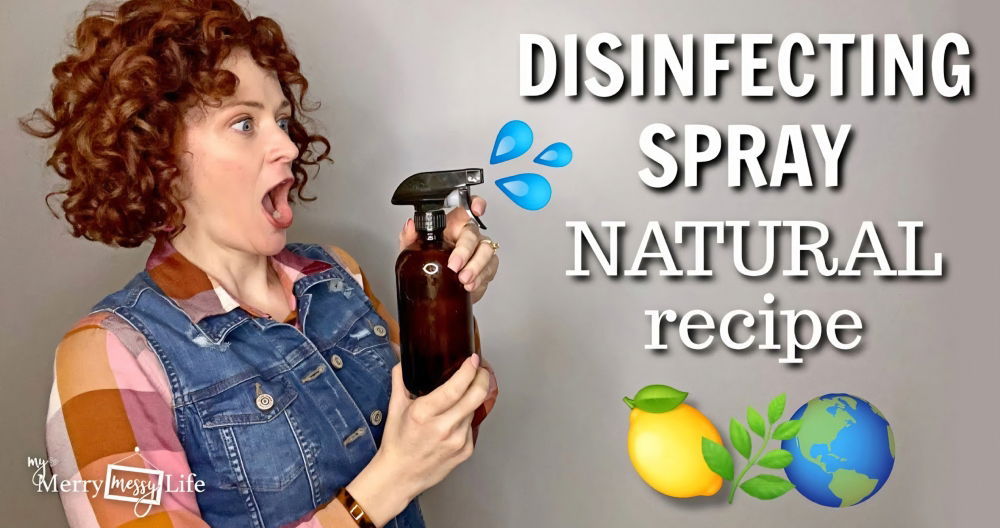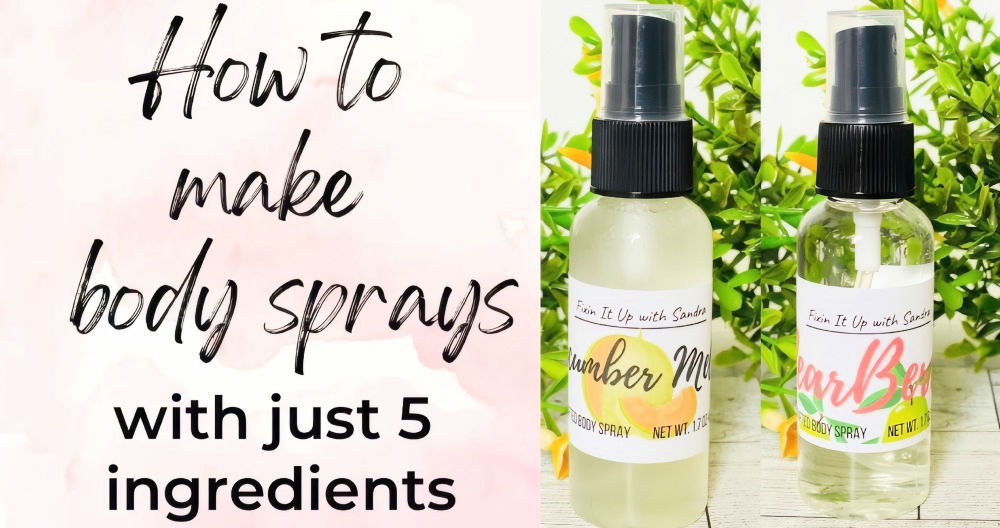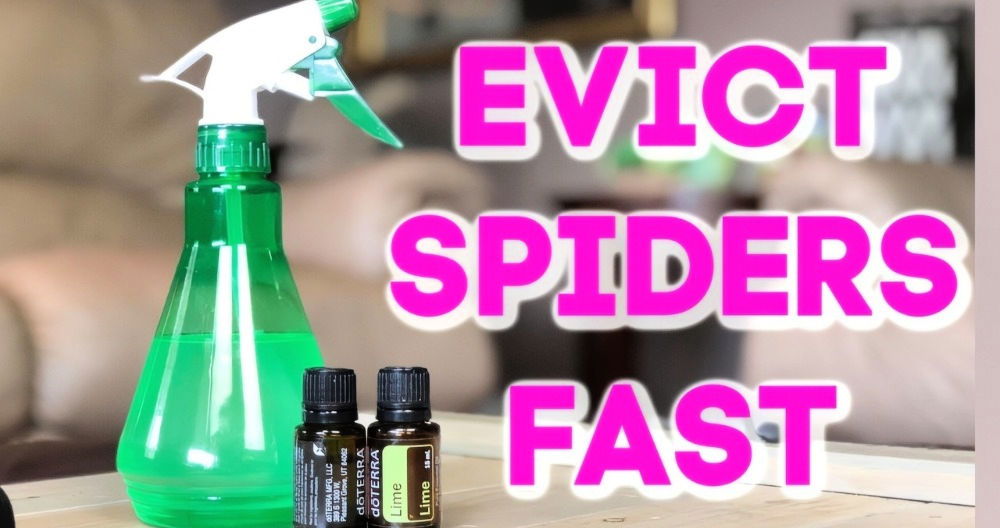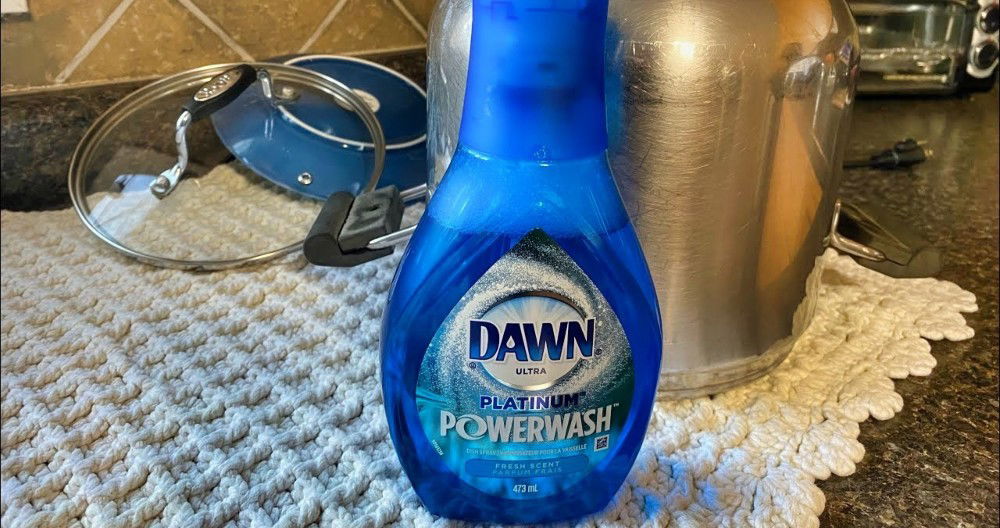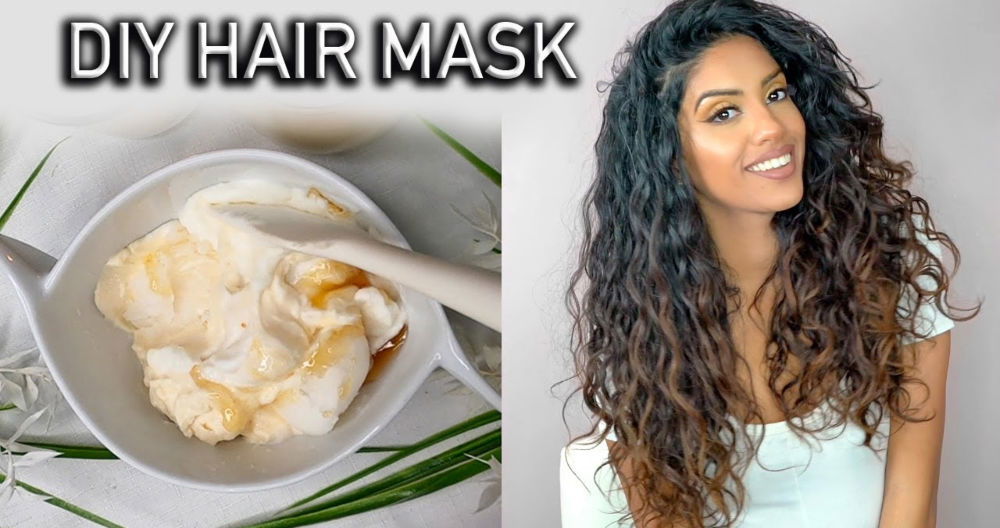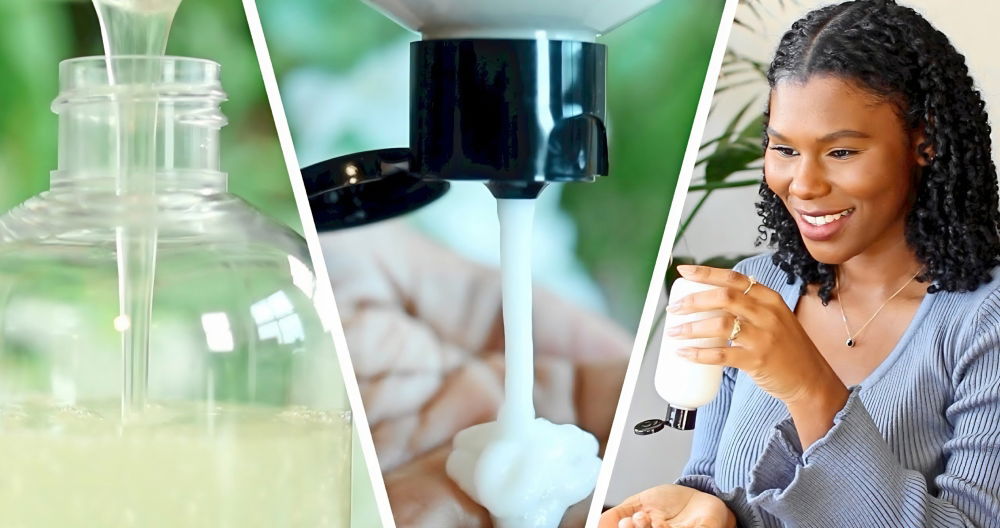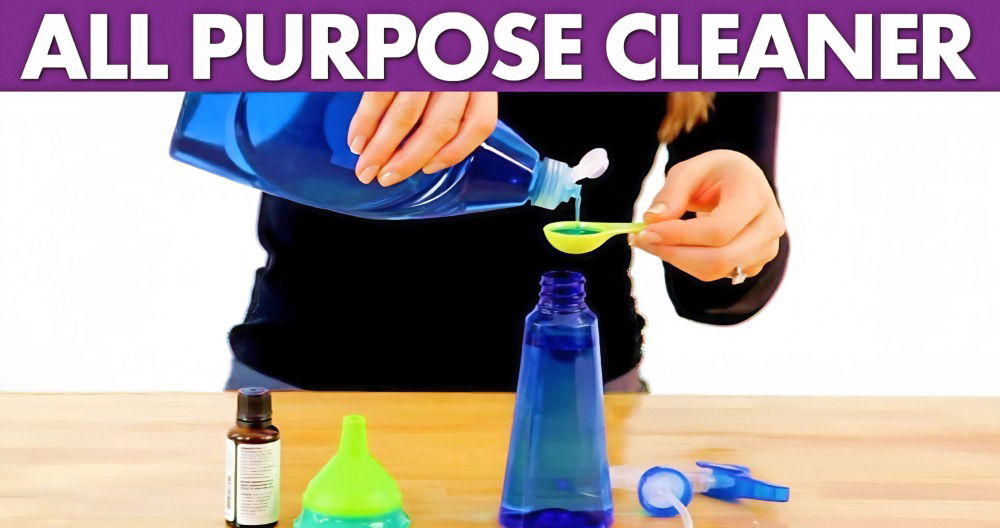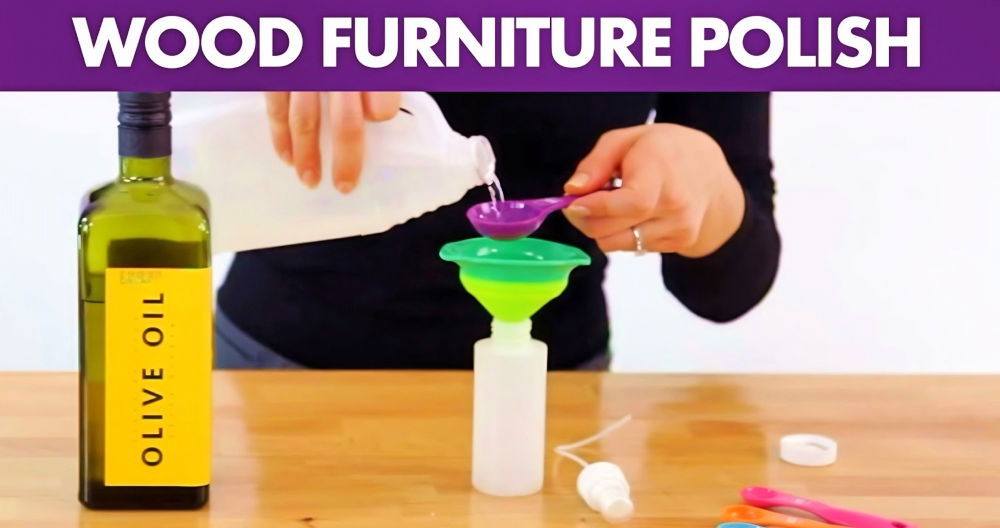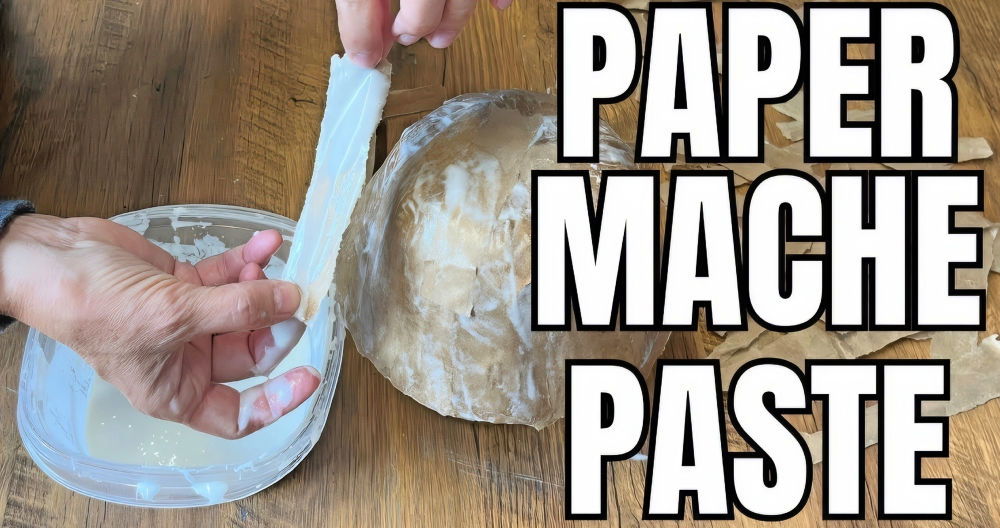Making pepper spray at home can be simple and effective if you need a basic method for self-defense. I first learned how to make pepper spray because I wanted something reliable and handy for personal safety. With just a few ingredients, like hot peppers, water, and vinegar, you can make a powerful solution. It's important to handle the ingredients carefully to avoid any irritation.

The guide below will help you prepare and store your pepper spray correctly. By doing it yourself, you gain a useful skill and a practical tool for protection.
Understanding the Basics of Pepper Spray
Firstly, it's important to understand what pepper spray is and why it can be a great tool for self-defense. Pepper spray is a lachrymatory agent, meaning it is designed to irritate the eyes, causing tears, pain, and even temporary blindness. It's a non-lethal way to deter a potential threat and can give you enough time to escape dangerous situations.
Why Make Your Own Pepper Spray?
Making your own pepper spray can be cost-effective and provide a sense of accomplishment. It allows customization based on your availability of ingredients and personal preferences. Sometimes, during lockdowns or certain restrictions, it might also be the only option to make a means of defense within the comfort of your home.
Safety Concerns to Keep in Mind
Before we get started, it's crucial to highlight safety:
- Ventilation: Conduct your preparation in a well-ventilated area to avoid inhaling the fumes.
- Protection: Use gloves and eye protection to prevent any accidental exposure.
- Storage: Ensure it's stored safely and kept out of reach of children and pets.
Gathering the Necessary Materials
Now, let's talk about the materials you'll need to make this pepper spray.
Ingredient Breakdown
- Cayenne Pepper (or any hot pepper): This is the primary ingredient as it contains capsaicin, which is responsible for the burning sensation.
- Vinegar: Acts as a preservative and helps balance the potency of the pepper.
- Olive Oil: Adds thickness to the solution, helping it adhere to surfaces better upon spraying.
Tools You Will Need
- Container or jar: For mixing and storing the concoction.
- Strainer or filter: To remove large particles if necessary, making a smooth solution.
- Spray bottle: To store and disperse the pepper spray effectively.
Step by Step Instructions
Learn how to make DIY pepper spray with our step-by-step guide, covering everything from choosing ingredients to testing and storing for effectiveness.
Step 1: Choosing Your Pepper Base
Begin with your choice of pepper. I opted for cayenne, as it's commonly available and has high capsaicin content. You could also use fresh or dried hot peppers like jalapeños or habaneros if you prefer.
Step 2: Making the Pepper Solution
- Pour the Pepper: Start by pouring a generous amount of the pepper into your container. Aim for about a quarter cup, but you can adjust based on your preference for potency.
- Add Vinegar: Next, add vinegar to the container. This not only preserves the solution but also acts as a liquid medium to extract the capsaicin from the peppers. Use about half a cup.
- Mix in Olive Oil: Finally, pour in a tablespoon of olive oil. It might not seem like much, but this is crucial for the stickiness of the mixture.
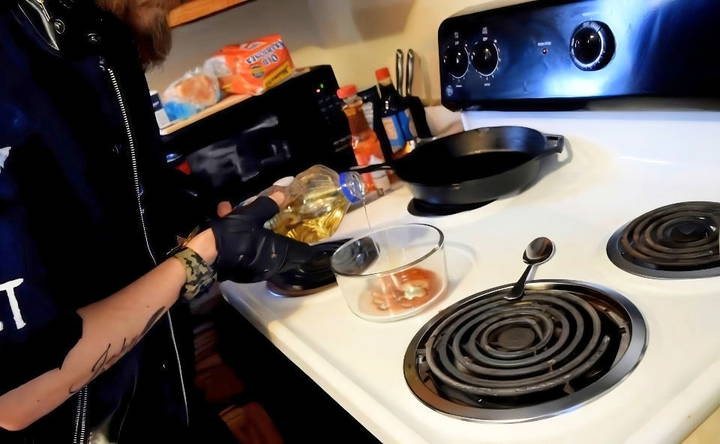
Step 3: Mixing and Settling the Ingredients
- Stir the Mixture: Use a spoon or stick to thoroughly mix the ingredients. Ensure all the pepper is soaked into the liquid elements.
- Allow to Sit: For best results, let the mixture sit for at least 24 hours. This period allows the capsaicin to fully infuse into the liquid.
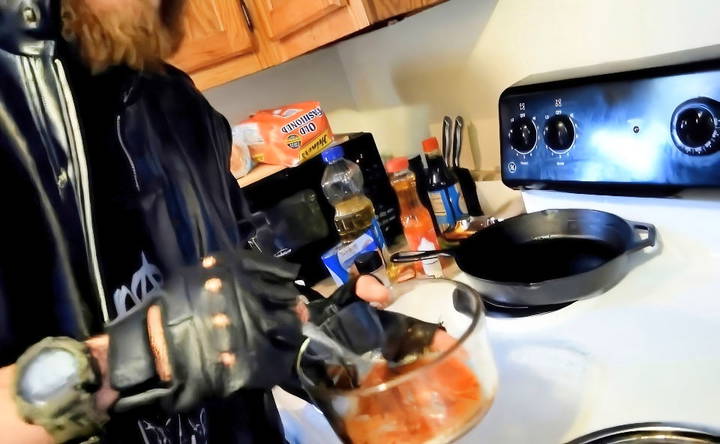
Step 4: Straining the Mixture (Optional)
If you're using powdered pepper, you might skip this step. However, if you used fresh peppers or want a smoother spray, use a strainer to extract a clean liquid, leaving behind any solids.
Step 5: Loading the Spray Bottle
- Pour Carefully: Decant the mixture into a spray bottle. Use a funnel if necessary to prevent spills.
- Secure the Bottle: Ensure the bottle cap is secure, and test the spraying mechanism with caution to ensure it works properly.
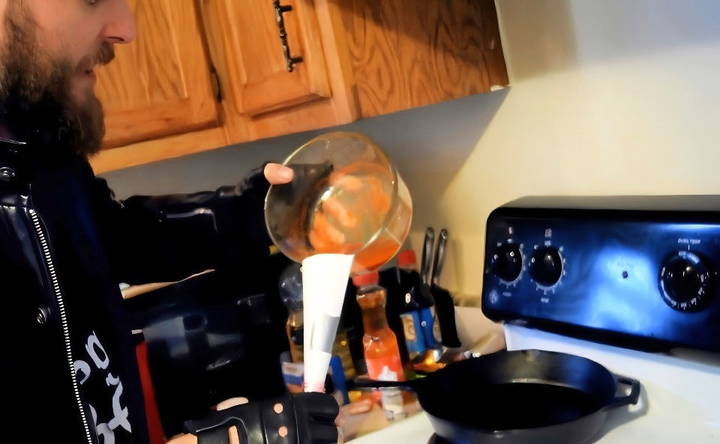
Step 6: Testing Your Pepper Spray
Take it outside away from any people or animals. Spray a test area to see the distance and spread. Always be cautious of the wind direction to avoid accidental exposure.
My Experience with Testing
To provide you a well-rounded guide, I bravely tested a small dose on myself. Only then did I truly understand the effectiveness. The pain, though temporary, was undeniable, instilling confidence in its deterrent capability. Always ensure you approach this with caution and sound judgement.

Tips for Effective Use and Storage
- Use When Needed: Pepper spray is a self-defense tool. Use it only in situations where you feel genuinely threatened.
- Storage: Keep it in a cool, dry place. Check the spray mechanism from time to time to ensure it hasn't clogged.
- Awareness of Legality: Pepper spray laws vary by location. Ensure you check local regulations about carrying homemade pepper spray.
Troubleshooting
When making and using DIY pepper spray, you might encounter some common issues. Here's a guide to help you troubleshoot these problems effectively.
Spray Not Working
- Check the Nozzle: Ensure the nozzle is not clogged. Clean it with warm water and a pin if necessary.
- Pressure Issues: If the spray lacks pressure, check if the container is sealed properly. Refill or replace the container if needed.
Irritation or Allergic Reactions
- Skin Irritation: If you experience skin irritation, wash the affected area with soap and water immediately. Avoid touching your face or eyes.
- Allergic Reactions: If you have an allergic reaction, seek medical help right away. Consider using alternative ingredients in the future.
Weak Spray
- Ingredient Quality: Ensure you are using fresh and potent ingredients. Old or expired ingredients can reduce the effectiveness.
- Mixing Ratio: Double-check the mixing ratios. Too much or too little of any ingredient can affect the spray's potency.
Storage Problems
- Leakage: Store the spray in a cool, dry place. Ensure the container is tightly sealed to prevent leaks.
- Shelf Life: Mark the date of preparation on the container. Replace the spray every six months to maintain effectiveness.
Inconsistent Spray Pattern
- Nozzle Adjustment: Adjust the nozzle to ensure a consistent spray pattern. Test the spray in a safe area to confirm it works properly.
- Container Shape: Use a container with a proper shape and size to ensure a uniform spray.
Safety Concerns
- Accidental Exposure: If you accidentally spray yourself, rinse the affected area with plenty of water. Seek medical attention if necessary.
- Proper Handling: Always handle the spray with care. Keep it out of reach of children and pets.
Legal Issues
- Local Laws: Check the local laws regarding the use and possession of pepper spray. Ensure you are compliant to avoid legal trouble.
- Usage Restrictions: Be aware of any restrictions on where and how you can use the spray.
By addressing these common issues, you can ensure your DIY pepper spray is effective and safe to use. Always prioritize safety and follow the guidelines carefully.
Safety Precautions
When making and using DIY pepper spray, safety should be your top priority. Here are some essential precautions to ensure you and others stay safe.
Personal Safety
- Wear Protective Gear: Always wear gloves and safety goggles when handling ingredients to prevent skin and eye irritation.
- Work in a Ventilated Area: Prepare the spray in a well-ventilated space to avoid inhaling fumes, which can be harmful.
Ingredient Handling
- Use Fresh Ingredients: Ensure all ingredients are fresh and not expired. Old ingredients can lose potency and may not be effective.
- Avoid Contact with Skin and Eyes: Be cautious when handling ingredients. If contact occurs, wash the affected area with plenty of water immediately.
Storage and Disposal
- Proper Storage: Store the pepper spray in a cool, dry place, away from direct sunlight and heat sources. Ensure the container is tightly sealed to prevent leaks.
- Safe Disposal: Dispose of any leftover ingredients or used containers responsibly. Follow local regulations for hazardous waste disposal.
Legal Considerations
- Know the Laws: Research the legal status of pepper spray in your area. Some regions have restrictions on its use and possession.
- Usage Restrictions: Be aware of where and how you can legally use pepper spray. Using it in prohibited areas can lead to legal consequences.
Testing and Usage
- Test Safely: Test the spray in a safe, open area away from people and pets. Ensure it works correctly before relying on it for self-defense.
- Use Responsibly: Only use pepper spray in situations where you feel threatened. Misuse can cause harm and legal issues.
Emergency Procedures
- Accidental Exposure: If you accidentally spray yourself or someone else, rinse the affected area with plenty of water. Seek medical attention if necessary.
- First Aid Kit: Keep a first aid kit nearby when preparing and using pepper spray. It should include items like saline solution and soap for quick treatment.
Child and Pet Safety
- Keep Out of Reach: Store pepper spray out of reach of children and pets to prevent accidental exposure.
- Educate Family Members: Inform family members about the presence of pepper spray and its potential dangers. Ensure they know how to handle it safely.
Follow these safety tips to make your DIY pepper spray safe and effective. Always stay informed and prioritize safety.
FAQs About DIY Pepper Spray
Discover essential FAQs about DIY pepper spray, including safety tips, legal considerations, and step-by-step creation guides. Stay informed and safe!
DIY pepper spray is a homemade self-defense tool made from hot peppers and other ingredients. People might choose to make it at home because it can be cost-effective, customizable, and readily available when store-bought options are not.
Yes, safety is crucial:
Wear protective gear: Always wear gloves and goggles to protect your skin and eyes.
Work in a well-ventilated area: The fumes can be very irritating.
Store safely: Keep the spray out of reach of children and pets, and store it in a cool, dry place.
The legality of making and carrying pepper spray varies by location. Some areas allow it, while others have strict regulations or bans. Always check your local laws before making or carrying DIY pepper spray to avoid legal issues.
DIY pepper spray can be effective, but its potency can vary based on the type of peppers used and the preparation method. Commercial pepper sprays are standardized and tested for consistency and effectiveness, while homemade versions might not be as reliable. However, with the right ingredients and careful preparation, DIY pepper spray can still serve as a useful self-defense tool.
Here are some common mistakes to avoid:
Using insufficiently hot peppers: Choose the hottest peppers available to ensure effectiveness.
Not straining the mixture properly: Ensure all solid particles are removed to prevent clogging the spray bottle.
Ignoring safety precautions: Always wear protective gear and work in a well-ventilated area.
Improper storage: Store the spray in a cool, dry place away from children and pets to maintain its potency and safety.
Conclusion
Making homemade pepper spray turned out to be a rewarding and enlightening process. It not only equipped me with a handy defensive tool but also enriched my skillset, giving me an authoritative grasp on personal safety solutions. This guide embodies personal experience and expertise, ensuring you can approach this project with trust and confidence.
Extra care and precision with each step will lead you to make an effective self-defense tool in your own home. Take this knowledge and equip yourself, all while remaining conscious of its responsible use. Whether you choose to rely on homemade solutions or turn to store-bought options, understanding how these tools work will empower you in terms of self-defense.


